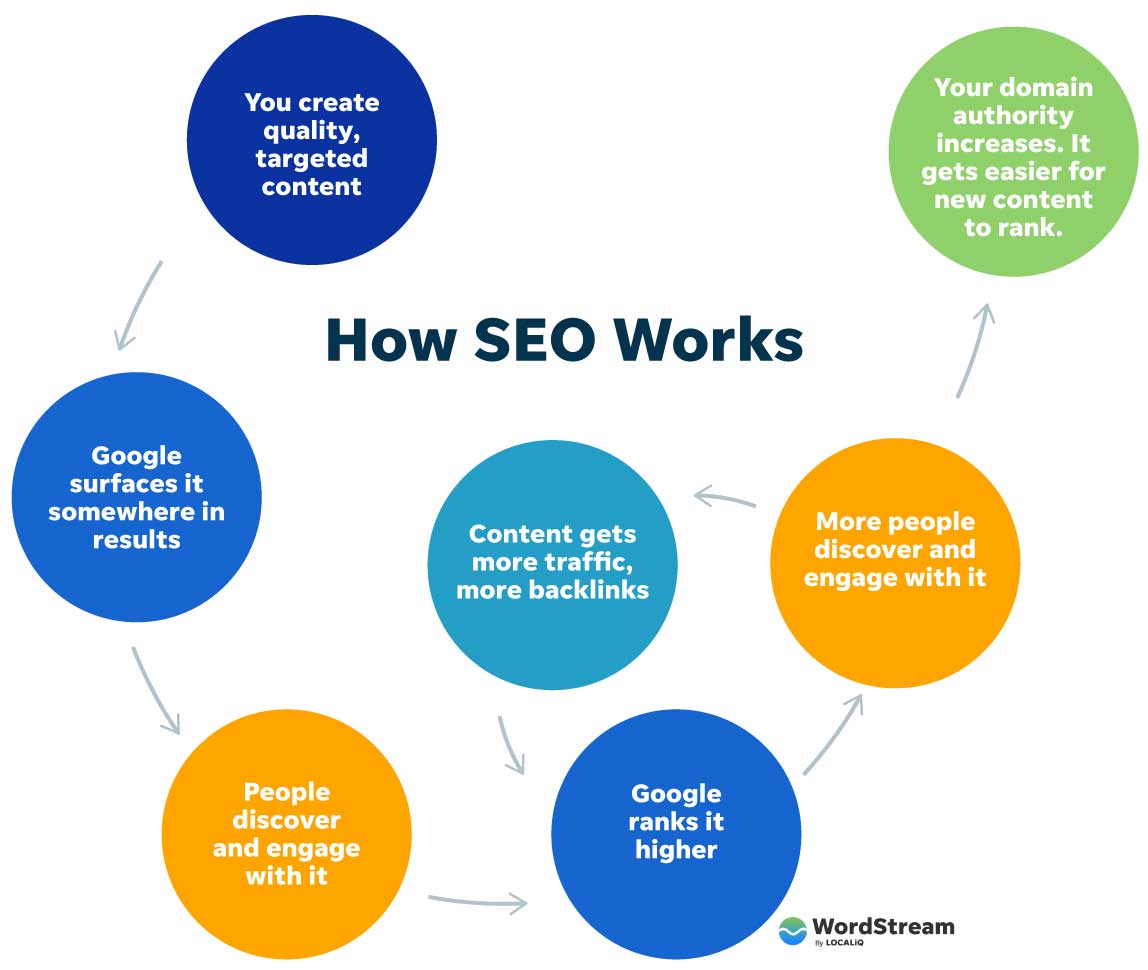Revealing What Is Not Considered a Default Medium in Google Analytics
Revealing What Is Not Considered a Default Medium in Google Analytics
Blog Article
Believing Outside package: Leveraging Non-traditional Mediums to Optimize Google Analytics Efficiency
In the world of electronic advertising, the mission for enhanced Google Analytics performance has ended up being a tactical crucial for services seeking to refine their on-line visibility. Standard methods often drop brief in capturing the full range of customer communications and habits. By discovering unusual mediums as avenues of data collection, a new realm of possibilities emerges. These undiscovered territories supply a riches of untapped understandings that might possibly transform the means we recognize and optimize our electronic techniques.
One-of-a-kind Data Sources

CRM systems, for example, can provide understandings right into individual consumer communications, purchase background, and preferences, which can be integrated with Google Analytics information to produce even more individualized advertising strategies. Social media site systems provide important information on individual demographics, interests, and involvement metrics, allowing organizations to assess the effectiveness of their social media sites campaigns and maximize material for far better performance. Email advertising and marketing data, consisting of open rates, click-through prices, and conversion metrics, can also be leveraged to track individual engagement and habits past site communications captured by Google Analytics. By leveraging these special data sources, organizations can fine-tune their approaches, improve targeting initiatives, and boost general Google Analytics performance.
Social Media Site Insights

Moreover, social media sites analytics tools make it possible for services to track essential efficiency signs, display campaign performance, and determine the influence of their online tasks. Recognizing the demographics of followers, identifying preferred material themes, and examining engagement degrees can help organizations tailor their advertising and marketing methods for better results.
Offline Advertising And Marketing Combination
Incorporating offline marketing methods with digital analytics can improve total campaign performance and give a more detailed understanding of customer behavior. what is not considered a default medium in google analytics. By connecting the void between online and offline efforts, services can track the effect of traditional advertising networks such as print ads, TV commercials, direct-mail advertising, and occasions on their online presence

In addition, implementing phone call radar for offline marketing activities makes it possible for services to capture valuable information on consumer queries generated via published promotions or materials (what is not considered a default medium in google analytics). By analyzing telephone call data along with on the internet metrics in Google Analytics, companies can gain much deeper insights right into the customer trip and optimize advertising and marketing techniques for better performance throughout all channels
IoT and Wearable Modern Technology
Making use of IoT and wearable technology in digital analytics can reinvent information collection and customer insights for companies seeking a much deeper understanding of customer actions patterns. Wearable technology, such as smartwatches or health and fitness trackers, can supply understandings right into customer tasks, health and wellness metrics, and also area information.
Gamification Strategies
The implementation of gamification techniques in digital analytics provides an ingenious technique to boosting customer involvement and driving workable understandings for organizations. By incorporating game-like elements such as factors, badges, leaderboards, and rewards right into the analytics user interface, firms can encourage customers to connect more regularly and meaningfully with the data.
Gamification motivates users to explore different features of the analytics platform, revealing beneficial understandings that could have or else gone unnoticed. Through interactive challenges and progress monitoring, customers are incentivized to dig deeper into the information, bring about raised time invested on the platform and a higher chance of uncovering crucial trends or patterns.
Moreover, gamification can cultivate a feeling of competition among customers, stimulating them to pursue higher efficiency and interaction levels. This affordable spirit can drive enhanced user fostering rates and a more thorough use of the analytics tools readily available. Eventually, by leveraging gamification techniques in digital analytics, services can produce a much more productive and engaging atmosphere for individuals, leading to more informed decision-making and boosted overall performance.
Conclusion
Finally, leveraging unconventional tools such as unique information resources, social media sites Check This Out insights, offline advertising and marketing integration, IoT and wearable innovation, and gamification techniques can optimize Google Analytics performance. By believing outside package and exploring these different sources of information, businesses can acquire beneficial insights and enhance their total marketing techniques. It is necessary for companies to constantly discover new ways to gather information and assess it in order to stay in advance in the ever-evolving electronic landscape.
By including data from sources such as consumer relationship management (CRM) systems, social media systems, and e-mail advertising and marketing campaigns, organizations can acquire a much more extensive understanding of their audience behavior and involvement patterns. Social media systems use beneficial data on individual demographics, passions, and involvement metrics, permitting businesses to evaluate the efficiency visit the website of their social media projects and enhance content for far better efficiency. By leveraging these special data sources, companies can refine their approaches, improve targeting initiatives, and enhance overall Google Analytics performance.
Exploring social media insights can provide services with useful information on customer demographics, rate of interests, and involvement metrics, permitting for notified decision-making and calculated optimization of marketing initiatives. By thinking outside the box and discovering these different resources of information, services can get valuable insights and boost their total marketing strategies.
Report this page